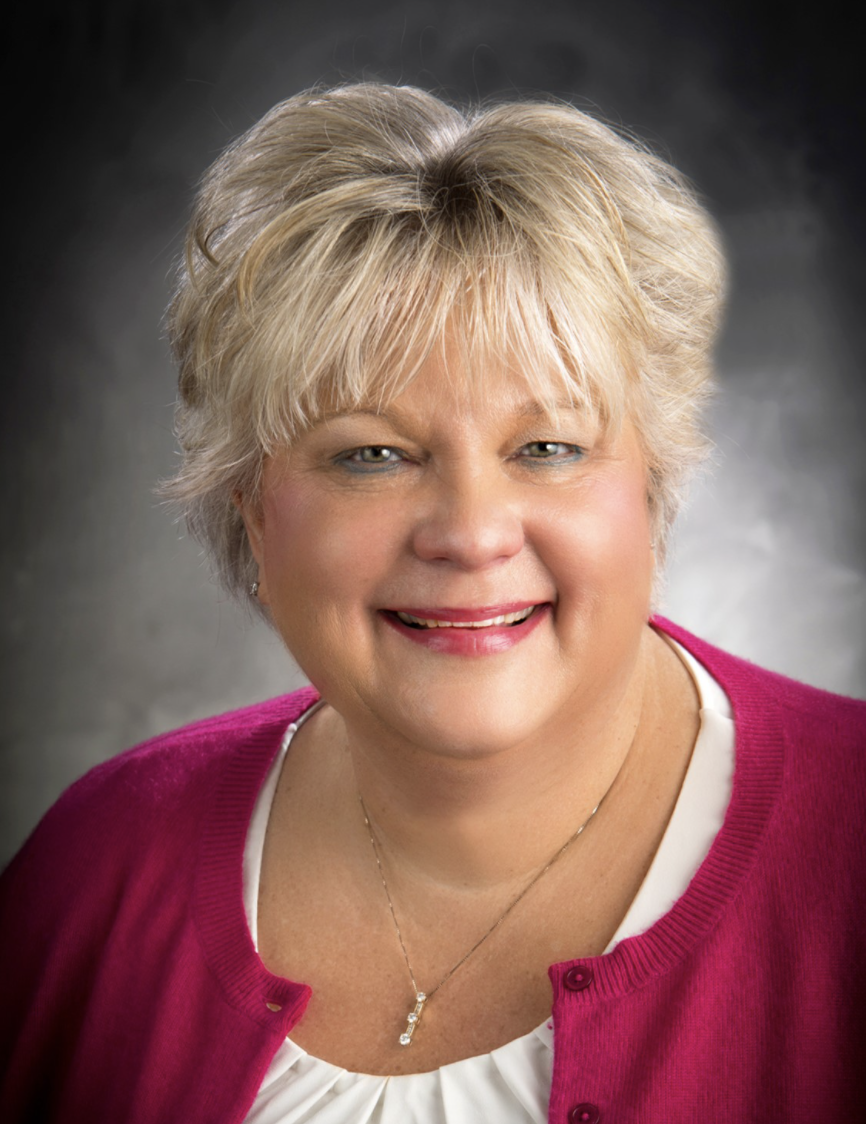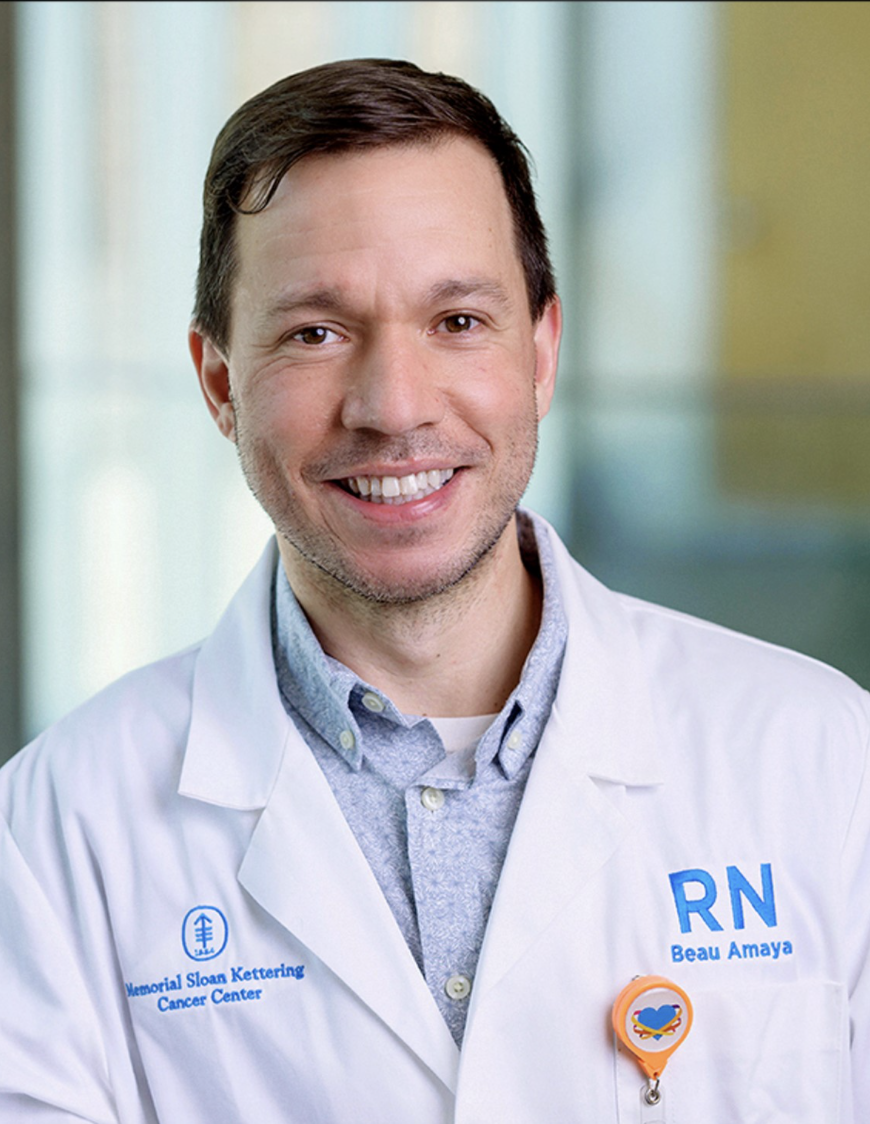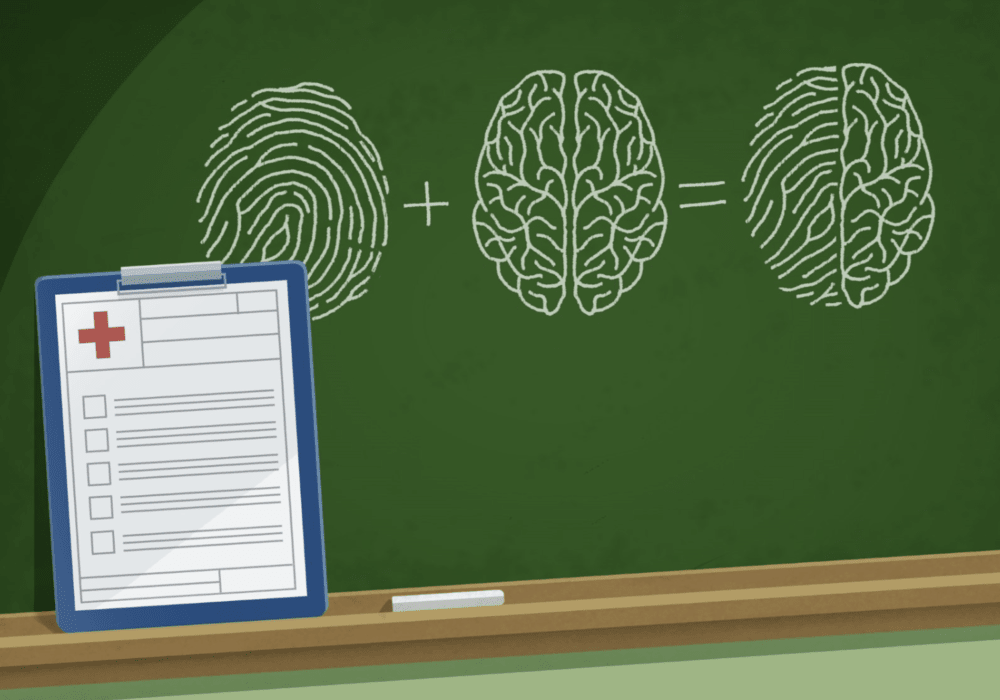An oncology nurse’s expertly provided patient education has the potential to revolutionize a patient’s cancer experience. It empowers them with the knowledge and tools to best tolerate and adhere to treatment, manage side effects, and report adverse events immediately.

But some patients and their caregivers may not understand the information or be able to follow it consistently. Take, for example, nonadherence to prescribed oral chemotherapy regimens, which can lead to disease progression, toxicities, hospitalizations and readmissions, and extra costs, ONS member Patricia Emerson, DNP, RN, OCN®, director of medical oncology and infusion, gynecologic oncology, and oncology patient navigation at Riverside Cancer Care Center in Newport News, VA, said.
Factors Affecting Patient Education Comprehension and Adherence
“It’s very important to provide patent education at a time after the initial diagnosis visit, when the patient has had time to absorb the diagnosis,” Emerson said. “Returning for a chemotherapy education visit sets the stage for the patient to bring support such as family or friends.” She also advised that nurses frequently reassess comprehension and reinforce education multiple times throughout a patient’s cancer journey as their needs change, an approach she demonstrated the benefit of for her DNP capstone project “Oral Chemotherapy Education: A Nursing Intervention to Improve Medication Safety.”

Nurses must also be sensitive to how a patient’s stressors may affect their ability or readiness for educational information, ONS member Beau Amaya, MSN, RN, OCN®, director of patient and caregiver education at Memorial Sloan Kettering Cancer Center in New York, NY, said. “Sometimes they just aren’t in the mindset to learn,” he said.
Other elements that contribute to a patient’s ability to receive or absorb education include physical or learning disabilities, poor health literacy, mental health challenges, and economic and social issues, none of which may be readily evident. “It’s very important for the nurse to work with the patient and family to determine the best way to provide and reinforce the education needed,” Emerson said.
Improve Comprehension and Adherence With a Personalized Approach
Just as precision oncology technologies help providers personalize a patient’s treatment approach, assessments and other strategies help nurses personalize a patient’s educational approach, Emerson and Amaya said. Using the components of a patient education program can help nurses in a busy oncology setting to tailor their teaching to each patient’s unique learning needs:
Make Assessments, Not Assumptions
Nurses must recognize and address any implicit bias they may have to provide inclusive cancer care, even when it comes to patient education. “Don’t assume people can read. Don’t assume people can write,” Amaya said. “Don’t assume that if someone speaks Spanish, they can read Spanish.”
A learning assessment the first step in providing patient education, because “the only way to know what your patient needs is to ask,” Amaya said. He encouraged nurses to be sensitive to how a patient might perceive a question: For example, asking, “Do you want a video, printed sheet, online module, or a combination of these?” rather than, “Can you read?” helps respect a patient’s dignity.
For patients and caregivers who can use written materials, Emerson recommended providing them as follow-up to all verbal instruction so they can refer to it later. But depending on their health literacy levels, understanding and applying that information can still be a challenge.
Health literacy “is the degree to which individuals have the ability to find, understand, and use information and services to inform health-related decisions and actions for themselves and others,” according to the Centers for Disease Control and Prevention.
“You are not able to tell someone’s health literacy level by looking at them,” Amaya said, or even by their speaking or educational level. He recommends that nurses always use plain language with all their patients and never assume that patients understand a test’s purpose or the many abbreviations that clinicians use every day.
Digital literacy, or an individual’s “ability to use information and communication technologies to find, evaluate, create, and communicate information, requiring both cognitive and technical skills,” may also affect how a patient applies the information if electronic formats are not their preferred—or even an available—manner of learning. According to Pew Research, 97% of Americans have cell phones, 85% have smartphones, and 77% have computers. Without the right device, proficiency to use it, and reliable connectivity (e.g., broadband access), patients may not be able to respond to emails, view attachments, or use apps.
Together, a patient’s health literacy and digital literacy comprise part of what experts are calling a “super determinant of health”—digital health literacy.
With the explosion and patient acceptance of telehealth, a virtual visit for patient education can improve access for many individuals, especially patients who live in rural areas. However, nurses should recognize that virtual-only education introduces disparities for patients who don’t have or have the ability to use the right technology.
“Not all patients are best served with virtual sessions. It is so vital that when new programs or services are being implemented, especially those with apps, digital portals, and technology, that those of us working in the patient education or health literacy space are included so we can address disparities,” Amaya said.
Patients’ learning and language preferences and their familiarity with technology can all be assessed by adding standard questions to intake questionnaires. Amaya also recommended that institutions use the Agency for Healthcare Research and Quality’s (AHRQ’s) Health Literacy Universal Precautions Toolkit.
Use the Teach-Back Method
“All education should be patient- and family-centric with frequent teach back and return demonstration,” Emerson said.
Both Emerson and Amaya described the AHRQ-recommended teach-back method as the evidence-based standard tool to assess whether patients comprehend teaching. “Everyone is not the same, but this methodology can be used with everyone,” Amaya said.
According to AHRQ, “40%–80% of the medical information patients are told during office visits is forgotten immediately and nearly half of the information retained is incorrect.” With teach-back, rather than asking patients, “Did you understand?” nurses ask them to explain what the nurse said in their own words.
Through chunking, clarifying, and repeating information, “that volley back and forth lets the nurse know what the patient is retaining and can uncover some barriers,” Amaya said. He emphasized the importance of reassuring patients who may have misunderstood. “Instead, say, ‘I understand how you could have heard that. Let me explain it again.’”
Using the method solidifies the sense of a nurse-patient team. “You’re giving them the tools—and empowering them—so they know how to take care of themselves at home,” Amaya said.
Employ Multiple Learning Methods
Although digital materials are readily available, many patients still want handouts—and some patients may pay more attention to a piece of paper than a link to an online tool. “Sometimes if someone hands you a piece of paper, that feels like it’s important,” Amaya said.
Because many people prefer to use their phones to access materials, Amaya pointed out the importance of ensuring digital patient education resources are mobile friendly. A website designed for a desktop computer may not be as easily accessible on a phone screen, so he suggested working with web experts to ensure materials are adaptable and readable for any screen size.
He also recommended using AHRQ’s Patient Education Materials Assessment Tool to validate the effectiveness of any resources and added that nurses should speak up when they identify resource gaps so new materials can be developed.
Providing a variety of formats can repeat, reinforce, and remind patients about their education no matter where they are. Nurses can give patients a printed piece during a one-on-one discussion, then send them home with a link to view a video resource, slides, or online module. Virtual programs in which a group of patients learn and share stories can also be helpful.
Amaya said that meeting face-to-face is always an advantage so that the nurse can see a patient’s body language and advised using video whenever possible for providing virtual education. Likewise, patient education demonstration videos can allow patients to rewatch or review their teaching later.
Reevaluate and Reinforce
Patients’ needs can change over time, and nurses should reevaluate their preferences periodically. “Maybe they originally wanted something printed but then over time they may say they would enjoy learning online or watching a video. This is why communication is so important,” Amaya said.
Emerson added that education never stops. “As we are assessing our patients, we are validating their level of understanding surrounding their diagnosis, treatment plan, and any follow-up needed and then reinforcing education previously performed or providing education for any gaps identified,” she said.
Amaya agreed. “You may have talked about something at the beginning that the patient won’t experience until later in their treatment. So, bring it back; say, ‘We talked about this. What do you remember?’ and go back and reinforce the teaching,” he said.
Care for the Whole Patient—and Their Caregivers
“Our patients are not just a person getting cancer treatment,” Amaya said. “They are a combination of all things that have affected their life.” Seeing patients as a whole person can help clinicians have empathy; better identify patients’ unique needs through additional assessment tools such as social screenings, financial screenings, and others; and develop a comprehensive plan of care.
Nurses should also consider any caregivers in the picture: “You are really doing a needs assessment of them, as well,” Amaya said, noting that nurses must understand how the caregiver likes to learn, too. “Caregivers are under a lot of stress. They have to come to the appointment ready to receive the information.”
Just as patients are unique and different, their learning needs are too. Using a personalized approach ensures everyone has access to the education they need to achieve optimal outcomes.






